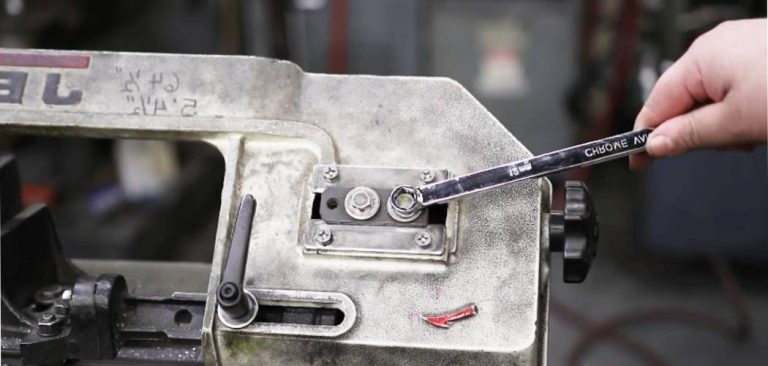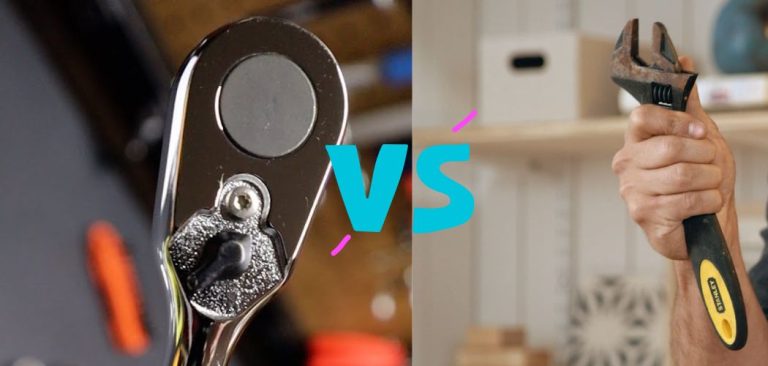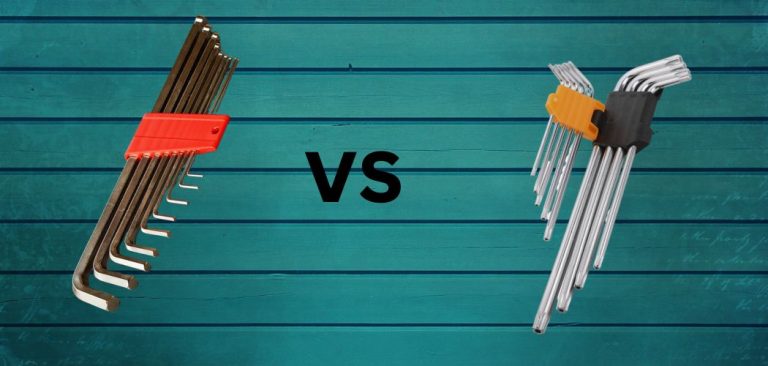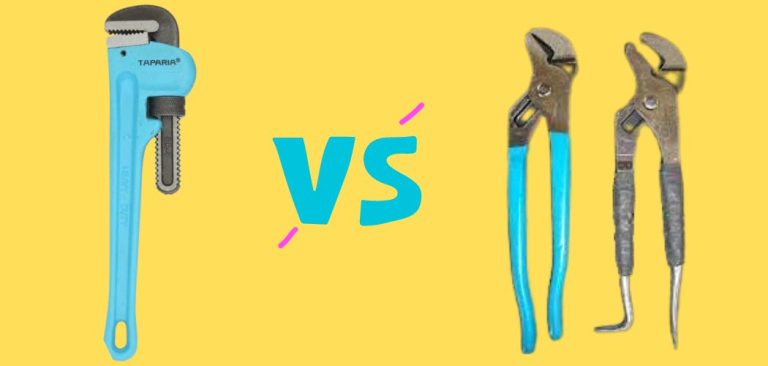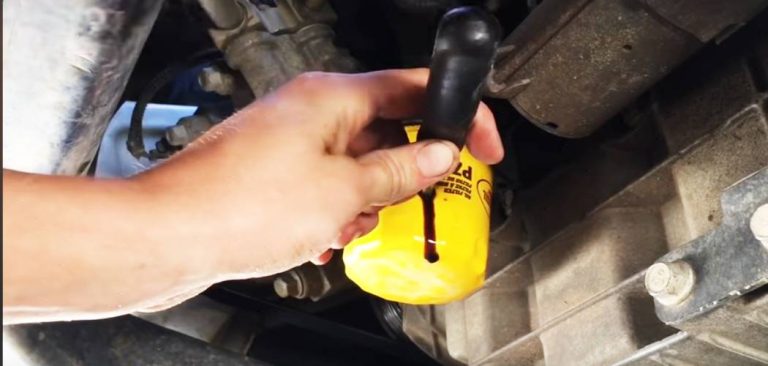Box Wrench Vs Open End Wrench
Box-end wrenches and open-end wrenches are often excellent tools for automating work, although they are also useful for different applications. Make a mistake if you think of using these two tools for the same task, although often everyone makes this mistake, and it results in a lot of damage to the project. I’m going to discuss the box wrench vs open end wrench below, so let’s get started.

What Are a Box Wrench and an Open-end Wrench?
Box Wrench
A box wrench, also known as a box-end wrench or ring spanner, is a hand tool designed to grip hexagonal, square, or polygonal nuts and bolts. Its closed-end design offers secure contact, while six-point or twelve-point options enhance torque and maneuverability. Double-ended with offset handles, it provides versatility for various sizes and spaces. Efficient torque application makes it essential for safe and damage-free fastening and loosening tasks.
Open End Wrench
An open-end wrench is a hand tool for turning nuts and bolts. It has U-shaped openings on both ends to fit different sizes of fasteners. These wrenches are handy for tight spaces where socket wrenches might not fit. However, due to limited contact points, they can round off fastener edges if used forcefully. Care should be taken to select the right tool for the required torque.
Differences: Box Wrench Vs Open End Wrench
Here is a direct comparison of the actual differences between a box wrench and an open-end wrench. I hope you definitely get a good idea about them:
Design
Box end wrenches possess enclosed openings on one or both ends, containing 6, 8, 12, or 16 points within the head. These points are tailored to fit hexagonal or square nuts and bolts.
Open-end wrenches feature U-shaped jaws on both ends, designed with an open configuration for swift application onto fasteners.
Grip and Torque
Box end wrench provides a secure grip on the flat sides of fasteners, effectively minimizing the risk of edges becoming rounded. This design enables controlled and even application of torque.
An end wrench offers quick engagement but might not provide as secure a grip as a box wrench does. Furthermore, the regulation of torque applied might need to be more precise.
Tight Spaces
Box end wrenches can be cumbersome to use in confined spaces due to the necessity of wrench rotation to achieve proper engagement.
Open-end wrench, on the other hand, is suitable for use in tight areas with obstructions due to its open design that facilitates accessibility.
Speed
Box end wrench tends to be slower to apply due to the requirement for rotational movement and the need for secure engagement.
Open-end wrench offers faster application as it swiftly slips onto the fastener without necessitating rotation.
Materials
Box end wrenches are typically crafted from robust and durable materials such as chrome vanadium steel, chrome molybdenum steel, or alloy steel, ensuring their longevity and resilience.
Open-end wrenches are also manufactured using durable materials, but their construction is generally simpler, making them comparatively lighter.
Applications
Box end wrenches are commonly utilized in heavy-duty operations that demand meticulous control of torque, making them indispensable in scenarios like automotive repairs and machinery maintenance.
Open-end wrenches find their utility where speed and accessibility are paramount, such as in plumbing tasks and general assembly work.
To sum up, a box wrench is engineered to provide a secure grip-controlled torque and is suited for heavy-duty work. In contrast, an open-end wrench prioritizes swift application and accessibility, particularly in confined spaces.
Which Should You Use, a Box Wrench or an End Wrench?
Whether to use a box wrench or an open-end wrench depends on the specific job at hand and the requirements of that job. Here’s a breakdown of when to use each type of wrench
Box Wrench
Secure Grip and Controlled Torque
Box wrenches are the preferred choice when you need a secure grip on fasteners to prevent the edges from rounding. They are designed for controlled and even torque application, making them suitable for tasks where precision is essential.
Heavy-duty Operation
Box wrenches are typically used in heavy-duty applications that require high torque levels. It makes them indispensable for tasks such as automotive repair, machinery maintenance, and any situation where accuracy and high torque are important.
Nuts and Bolts
Box wrenches are useful for working with hexagonal or square nuts and bolts, as they provide full coverage and prevent slipping.
Open End Wrench
Fast Engagement and Speed
Open-end wrenches are ideal when speed and fast engagement are more important than precise torque application. They allow fast application of fasteners without the need for rotary movements, making them great for jobs where time efficiency is important.
Tight Spaces and Accessibility
The open design of an open-end wrench enables it to work well in tight spaces and areas with obstacles. When maneuverability is limited, the thin profile of an open-end wrench can be advantageous.
General Assembly and Plumbing
Open-end wrenches are used in jobs where accessibility and quick action are prioritized. They are commonly used in general assembly work and plumbing work, where the focus is on getting the job done efficiently.
In a nutshell, here’s when to choose each wrench type:
My Opinion
Box wrench is ideal For jobs that require controlled torque, a secure grip, and heavy-duty applications where precision is essential, such as automotive repair and machinery maintenance.
When speed, accessibility, and working in tight spaces are important, such as general assembly work, plumbing work, and situations that require quick engagement.
What is the Different Type of Box End Wrench?
Box end wrenches come in various types, each designed to serve specific purposes and accommodate different types of fasteners. Here are some different types of box end wrenches:
- Single-Box End Wrench: This is the most basic type of box end wrench with a single enclosed box end on one side. It’s designed to fit a particular size of nut or bolt.
- Double-Box End Wrench: Also known as a “double-offset” wrench, this type has two enclosed box ends, each with a different size. It allows you to work with two different sizes of fasteners without having to switch wrenches.
- Ratcheting Box End Wrench: This type incorporates a ratcheting mechanism into the box end. It enables you to keep the wrench in contact with the fastener while turning it in one direction, making tasks faster and more efficient.
- S-Shaped Box Wrench: This type has an S-shaped design with box ends on both ends. It’s useful for reaching fasteners in areas where a straight wrench won’t fit.
- Flexible Box End Wrench: Some box end wrenches have a flexible joint between the handle and the box end. This flexibility allows you to reach fasteners at different angles.
These different types of box end wrenches cater to various needs and situations, providing versatility and efficiency in different applications.
FAQ’s
What Advantages Does a Box Wrench Offer in Terms of Torque Control?
Box wrenches excel in torque control due to their enclosed structure. This design minimizes slipping and edge rounding, enabling precise torque application for tasks demanding accuracy and security.
Can Open-end Wrenches Be Used for Speed and Efficiency?
Yes, open-end wrenches are designed for quick application. They slip onto fasteners without the need for rotational movement, making them a choice for tasks where speed and accessibility matter.
Conclusion
Box wrench vs open end wrench article I have featured through my strict recharge. I hope it will be very helpful for you. Also, if you have any different opinions about this article, then let me know by commenting below.
Read also:-
Pointing Trowel: How and Where to Use

